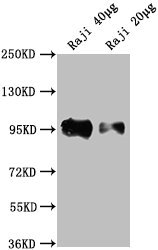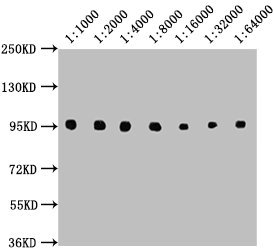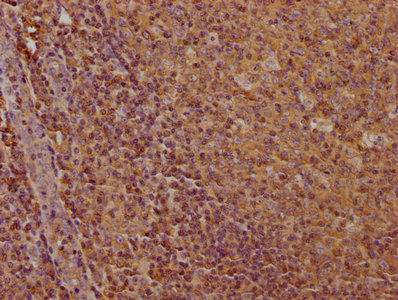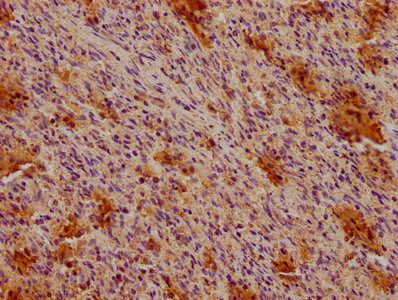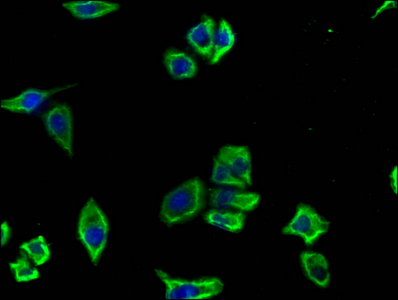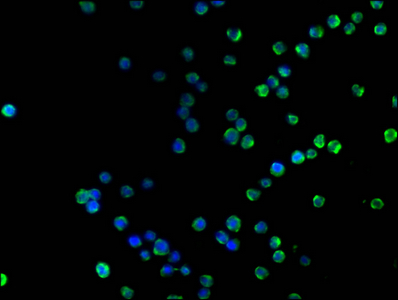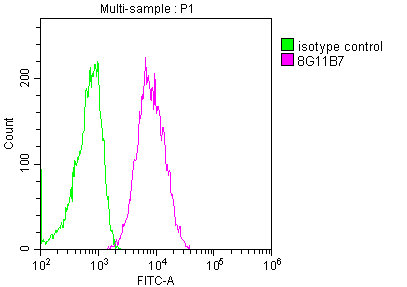The CD19 Monoclonal Antibody is a murine non-conjugated monoclonal IgG1 antibody, which is reactive to the human CD19 on its 20-291aa region (extracellular region). This antibody was purified using protein A, with a purity greater than 95%. It can be used in ELISA, Western Blot (WB), Immunohistochemistry (IHC), Immunofluorescence (IF), and Flow Cytometry (FC) for studies related to immunology, like antigen response, B-cell maturity cycle and immunoglobulin production. The human CD19 protein is a B-lymphocyte antigen that is a coreceptor for the B-cell antigen receptor complex, decreasing the threshold for B-cell activation and B-cell response against antigens. It’s vital for normal B-cell differentiation and proliferation in response to antigen challenge and to maintain healthy levels of serum immunoglobulins. It’s also related to a medical condition called Immunodeficiency, common variable, 3 (CVID3). In this disease, the CD19 is truncated or mutated, causing B-cell faulty differentiation and impaired immunoglobulin secretion, which leads to symptoms like antibody deficiency (hypogammaglobulinemia) and recurrent bacterial infections.

